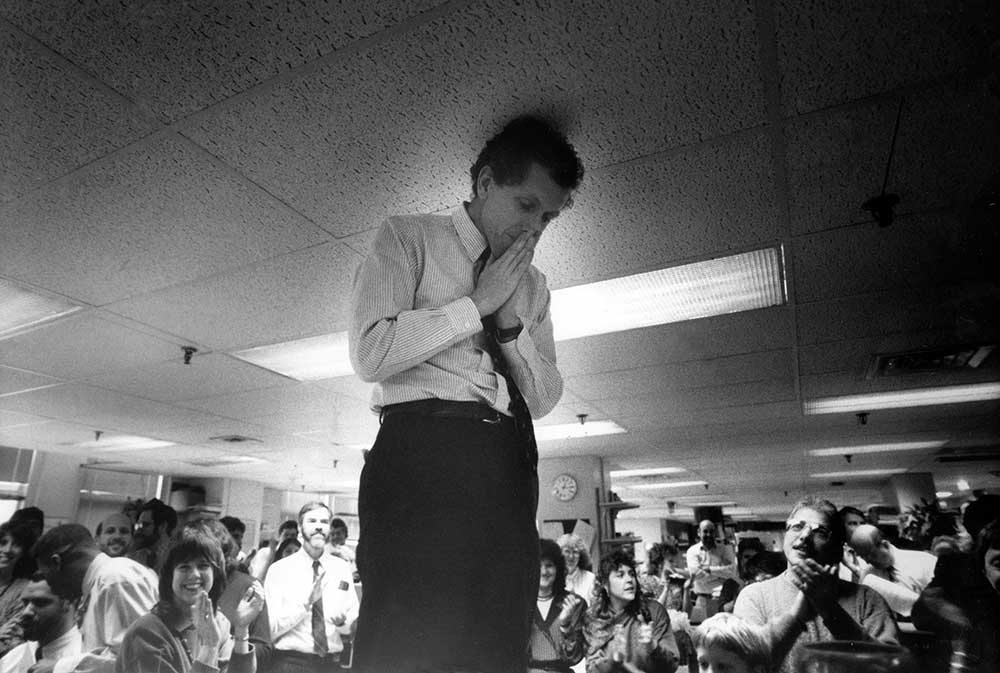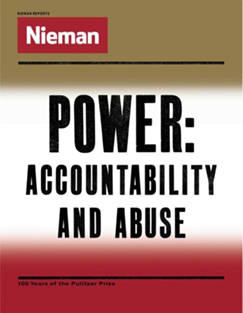
Gaul’s five-part investigative series “The Blood Brokers” exposed safety issues and lax federal regulation of the blood industry.
Last December, the Community Blood Center in Appleton, Wis., made a public appeal for blood. Residents were asked to “dig farther, wider and deeper” than ever before to keep local blood supplies at desired levels.“We’ve never had it quite this tough,” Alan W. Cable, executive director of the nonprofit blood bank, told the local newspaper.
The citizens did dig deep; last year, 15,000 pints of blood were donated by Appleton residents to help save the lives of their friends and neighbors.
What they didn’t know, though—don’t know to this day—was that the same month the blood bank was appealing for blood, it sold 650 pints—half its monthly blood collection—at a profit to other blood banks around the country.
Or that last year the blood center in Appleton contracted to sell 200 pints a month to a blood bank 528 miles away in Lexington, Ky.
Or that Lexington sold half the blood it bought from Appleton to yet a third blood bank near Fort Lauderdale, Fla. Which in turn sold thousands of pints it bought from Lexington and other blood banks to four hospitals in New York City.
What began as a generous “gift of life” from people in Appleton to their neighbors ended up as part of a chain of blood brokered to hospitals in Manhattan, where patients were charged $120 a pint. Along that 2,777-mile route, human blood became just another commodity.
The buying and selling of blood has become big business in America—a multibillion-dollar industry that is largely unregulated by the government.
Each year, unknown to the people who give the blood, blood banks buy and sell more than a million pints from one another, shifting blood all over the country and generating an estimated $50 million in revenues.


